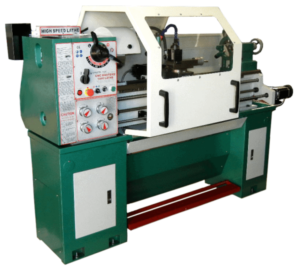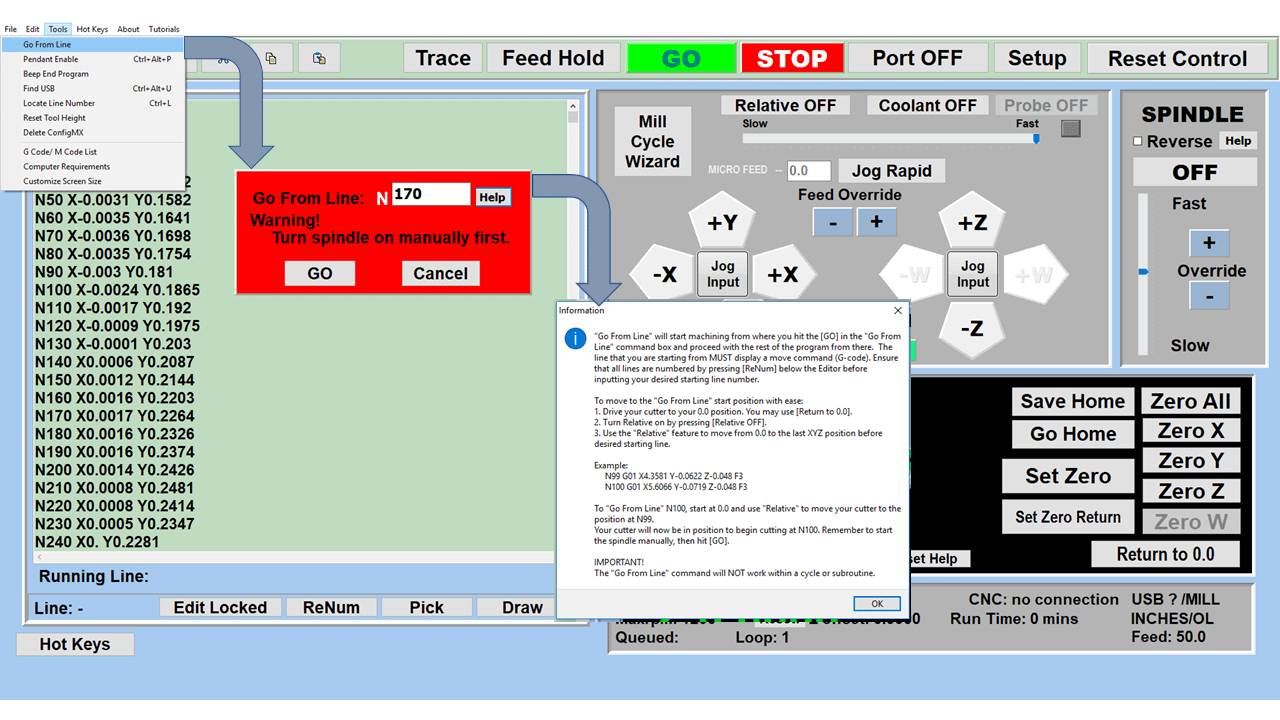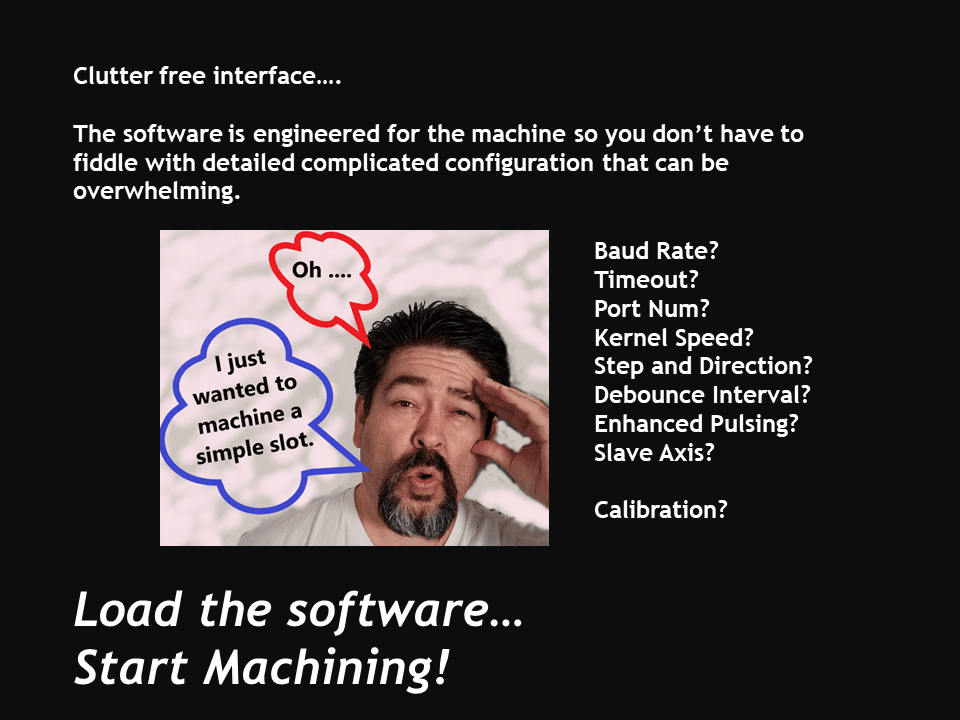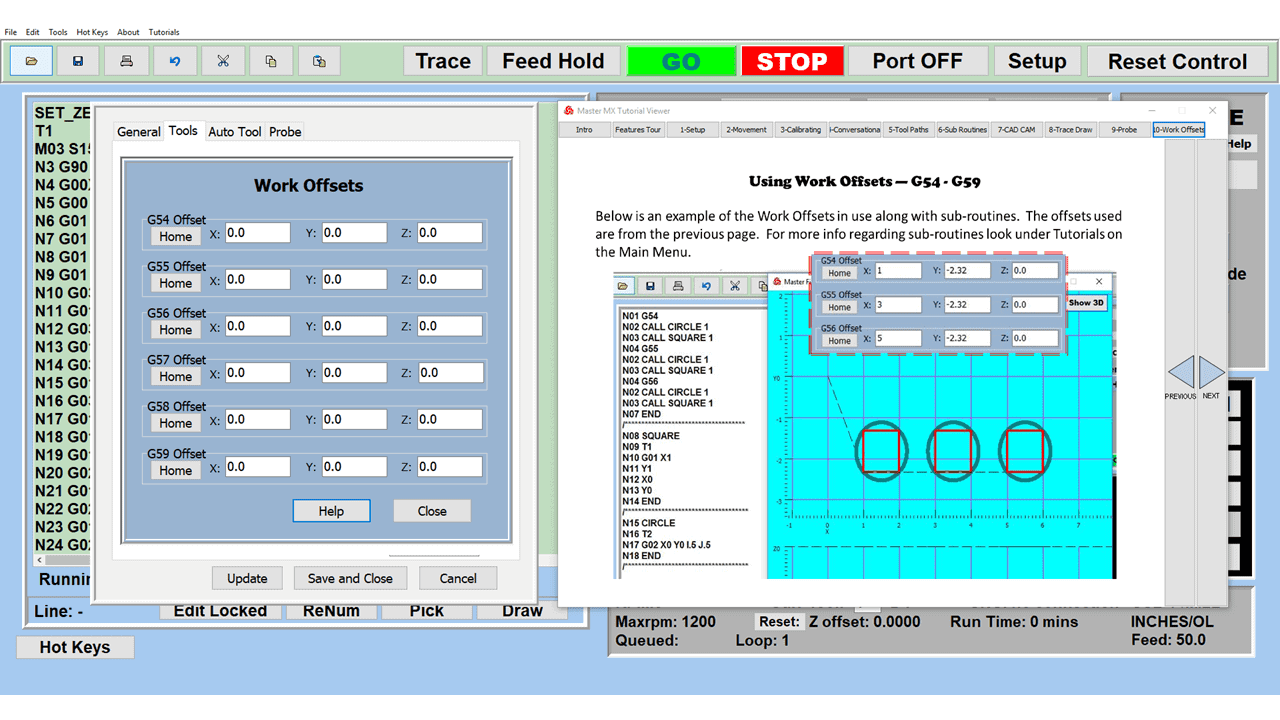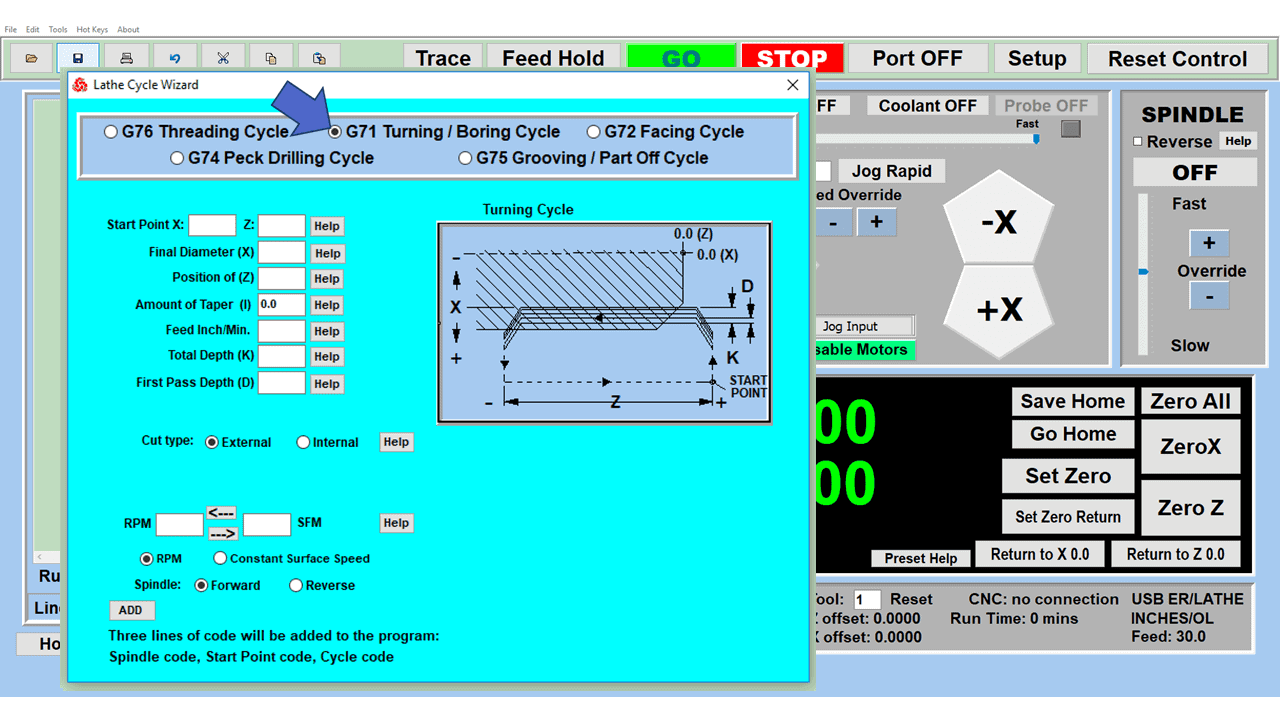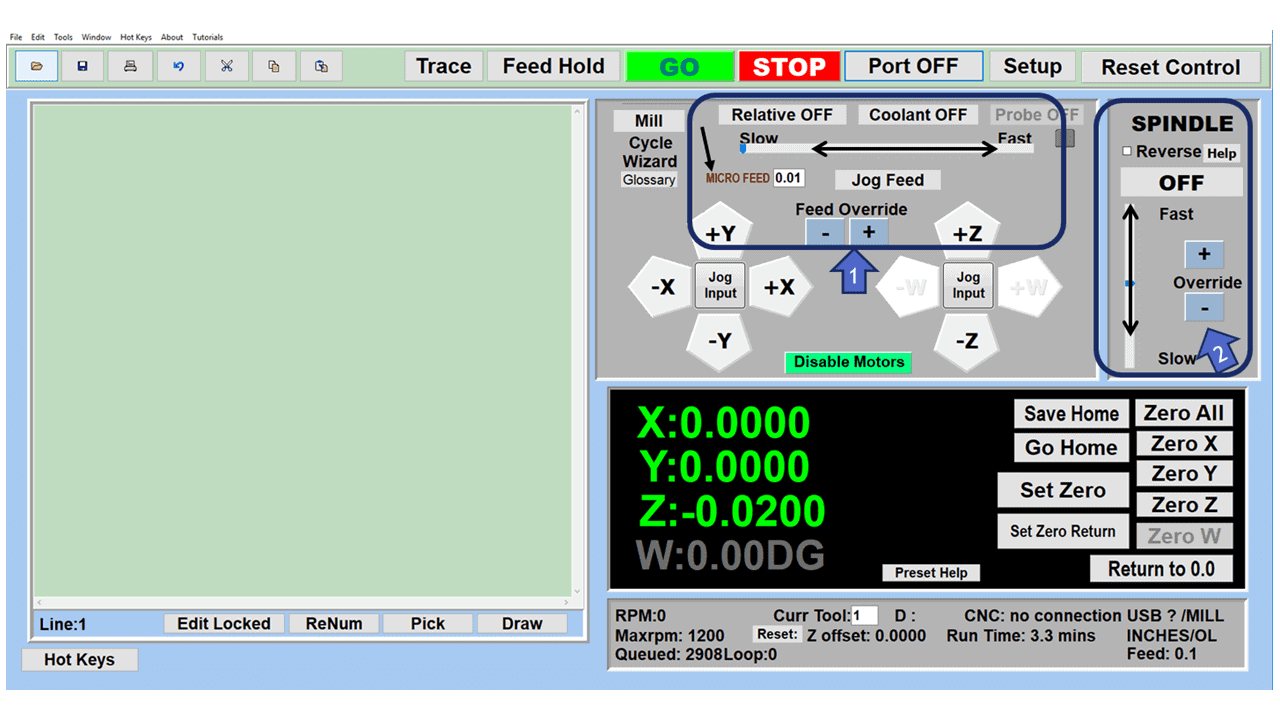Milling machines use rotating milling cutters and other cutting tools to remove material from metal, wood, and different workpieces. These tools often run at high cutting speeds, causing chips and other flying debris to exit the workpiece at dangerous speeds during the milling operation.
Flying chips can cause an eye injury if they land in or around the eye or a painful burn if they stick to the skin. Fine dust, often produced when milling cast iron, can pose a respiratory hazard. And like other machine tools, milling machines are usually loud, causing a threat to hearing while also drowning out voices, phones, and alarms.
Rotating machinery presents a severe hazard, as gloves, clothing, jewelry, or long hair can be caught and body parts drawn into moving machines, causing serious injury. Although milling machines have features like machine guards, emergency stops, and enclosures, much of the responsibility for safe operation falls on the machine operators.
By paying careful attention to basic safety and maintenance, machinists play a critical part in the safety of manual and CNC machine mills. Using personal protective equipment (PPE) and maintaining it in good condition helps them and their co-workers be safe.
Following these mill safety tips, you can understand and implement shop safety on mills, lathes, and other machine shop equipment.
What to Check Before Starting the Machine
- Ensure all guards are in place
- The work must be properly secured on the table, with a fixture, or in a vise
- Work holding bolts must clear the tooling
- Tooling and supporting pieces are properly tightened with a wrench
- All table stops are secured
- Feed handles are in neutral
- All loose material is removed from the milling machine table
- The milling cutter is rotating in the right direction
- Do a visual inspection of the machine, checking for damaged parts and tools
- You and your co-workers in the area must be wearing safety glasses and ear protection
- Make sure you are qualified to operate the milling machine
- Ensure that the cutting tool is clear of the workpiece before starting the machine
- Cutting tools must be securely fastened in the mill spindle, using the proper accessory tool
- Remove the cutter before setting up or clamping your work to avoid injuring your hands
Safe Work Principles When the Mill is Operating
- Keep your hands, rags, and chip brushes away from moving cutting tools. The unique design of the vertical milling machine allows machine operators to get dangerously close to rotating cutters.
- Always know where the emergency stop button is located.
- Do not operate any machine when you are alone in the shop.
- Hold milling cutters with a cloth or wear gloves when handling them.
- Stay at the machine when it is in operation.
- Use the milling machine spindle brake to stop the spindle after the power has been turned off.
- Use the correct cutting fluids for the material being machined.
- Do not measure the workpiece while the milling machine spindle is rotating.
- Change the machine’s coolant periodically
- Keep the floor around the milling machine free of slippery oil and grease
- Turn off the power before changing cutters
- Use lifting equipment when moving heavy work to or from the milling machines
- Never lean or rest your hands on a moving table
- Keep the cutters sharpened correctly and in good condition
- Do not allow chips to accumulate around the workpiece
- Always use the correct speed, feed, and depth of cut for the type and size of the cutter and the material being machined
Milling Machine Safety Goes Beyond Priority
The machine shop, and milling, in particular, have the potential to injure and kill machine operators who ignore shop safety. As such, lists of safety rules are essential but only sometimes sufficient. When we claim that safety is our priority, we must remember that our priorities change with changing circumstances, and safety may become less crucial when something else becomes more urgent.
Shop safety must be an attitude and mindset among all machinists that goes beyond complying with OSHA regulations. It must be an element in every department of the organization and become part of the company’s culture. When that happens, workers will not only know the rules for safely operating a milling machine, but they will also start identifying unsafe practices and conditions and take steps to correct them.

